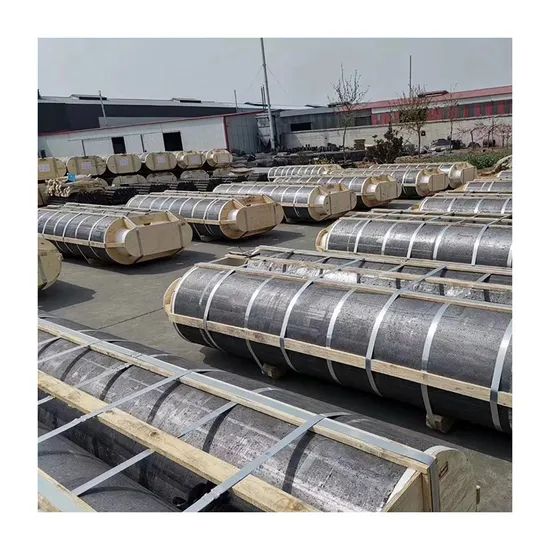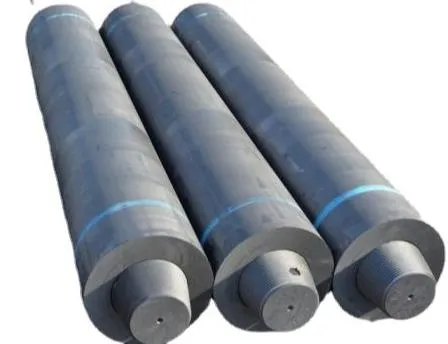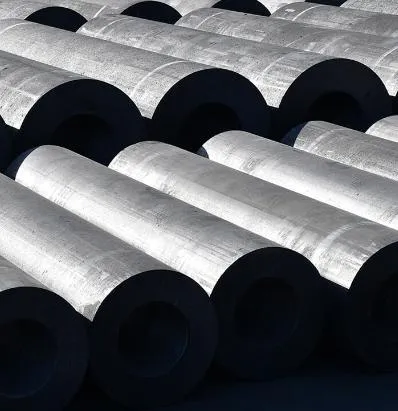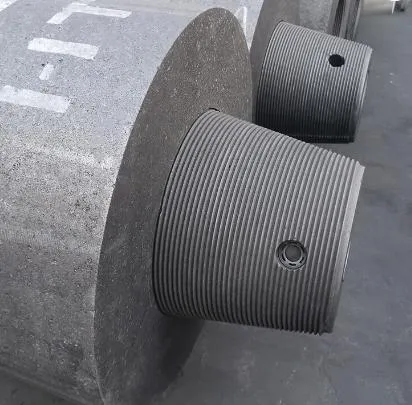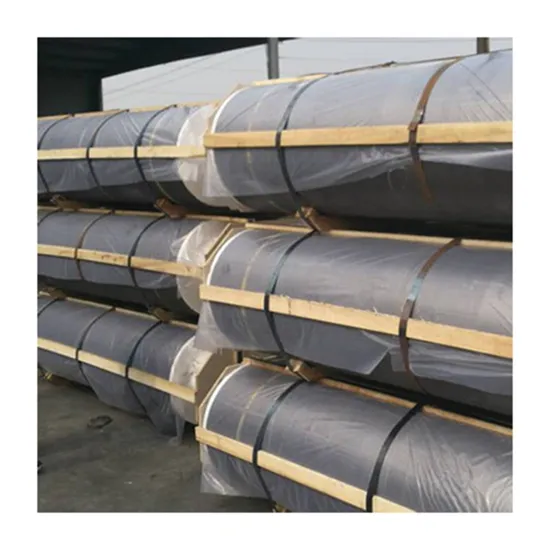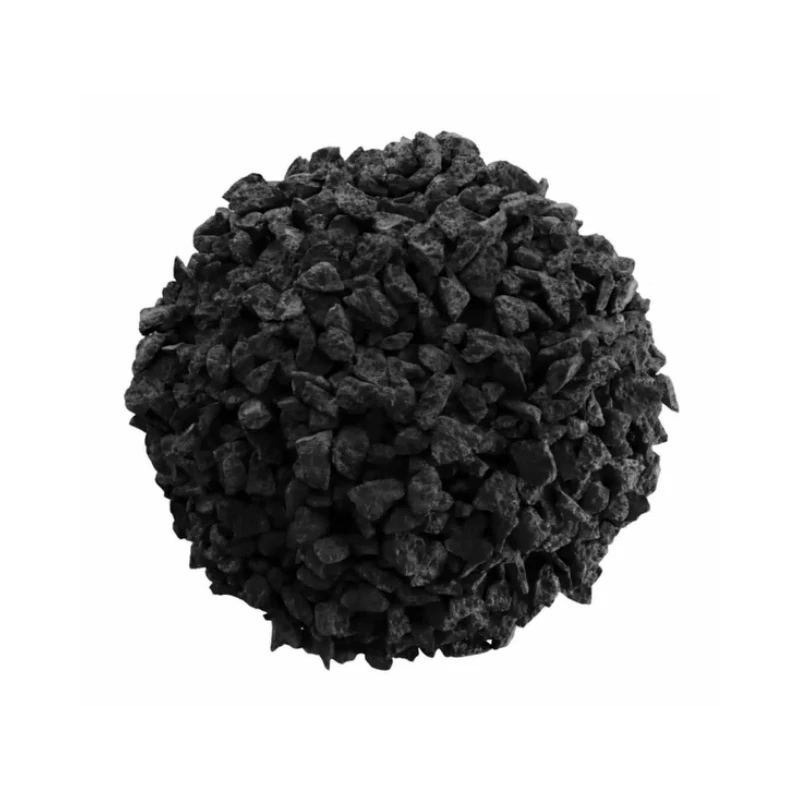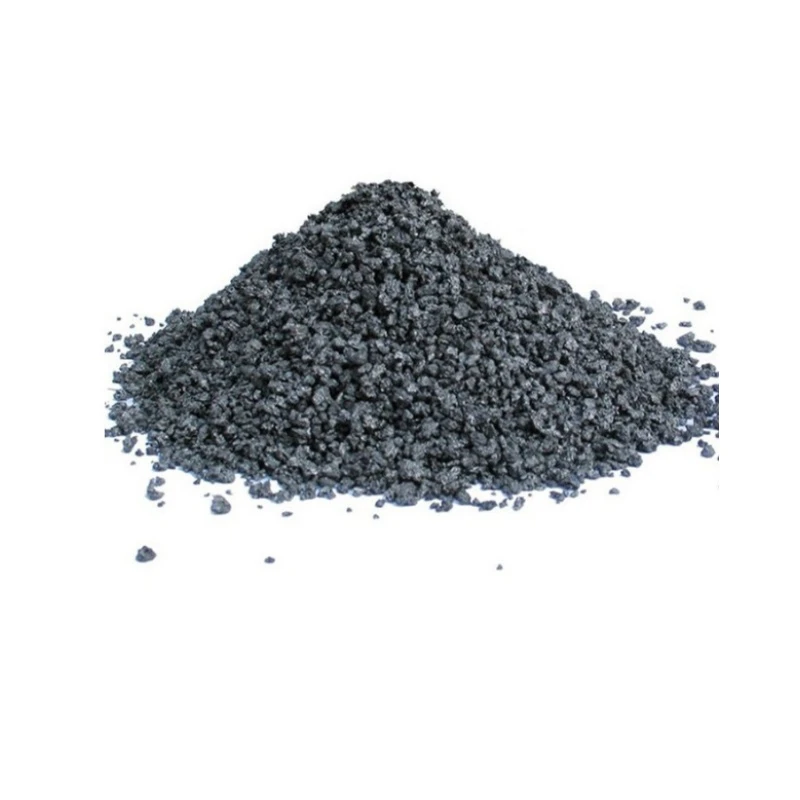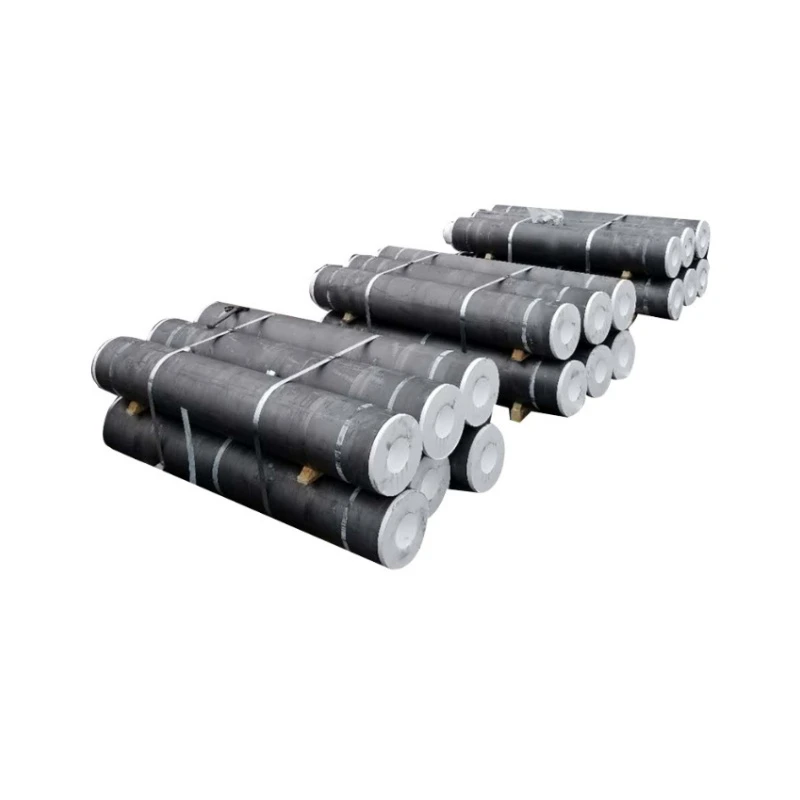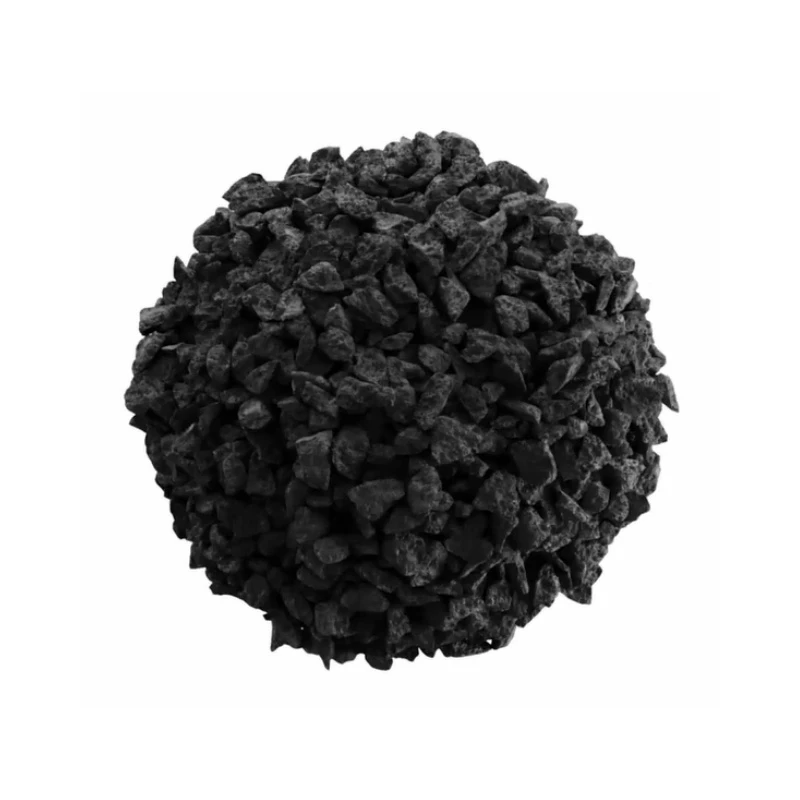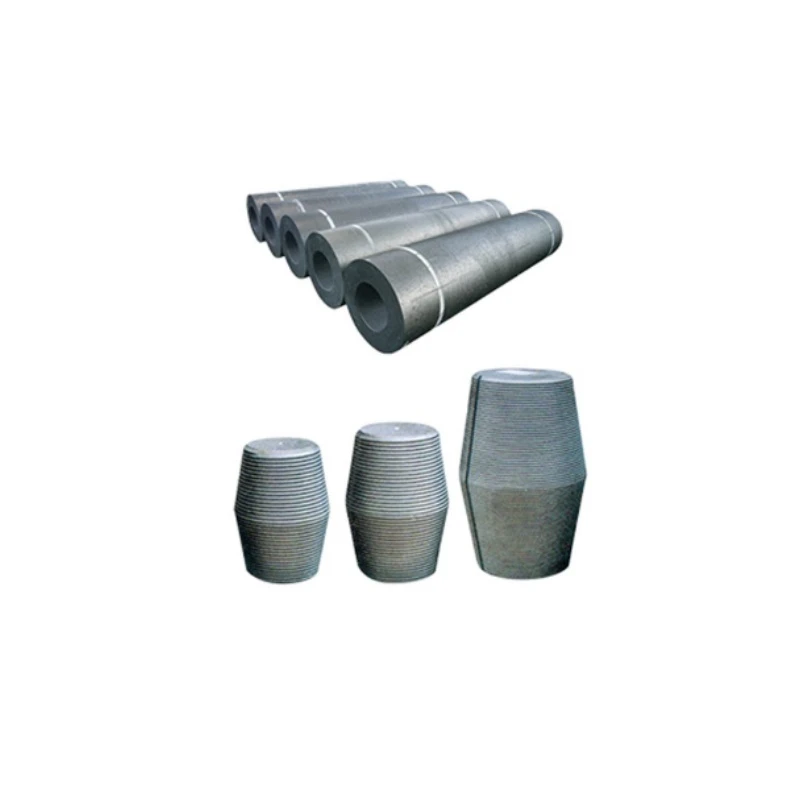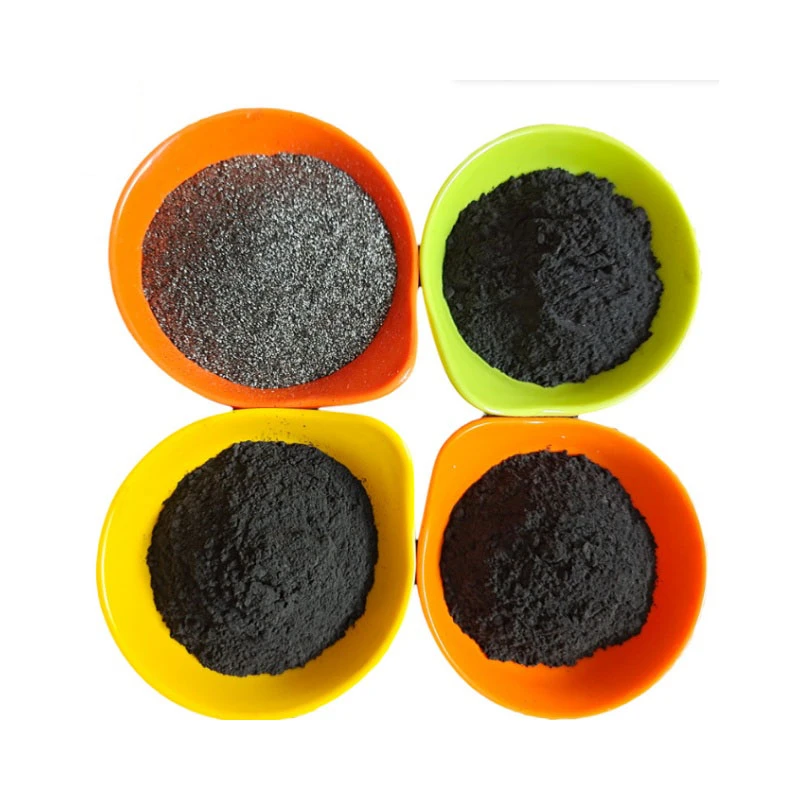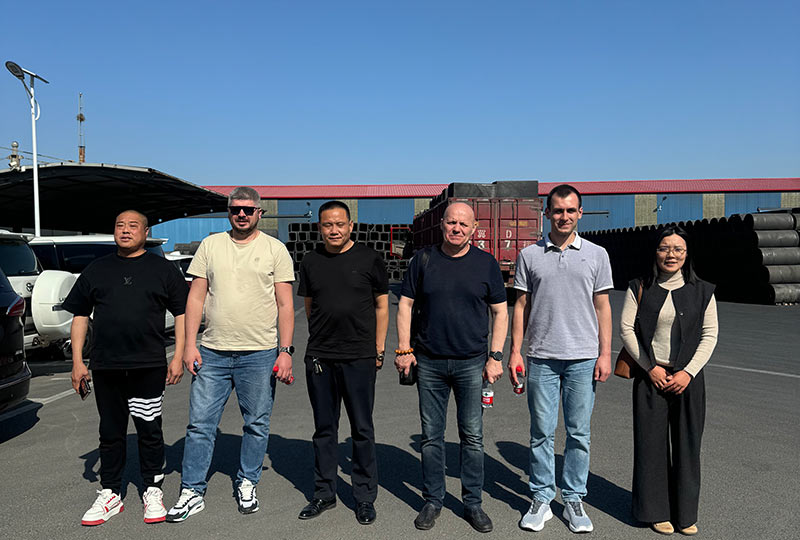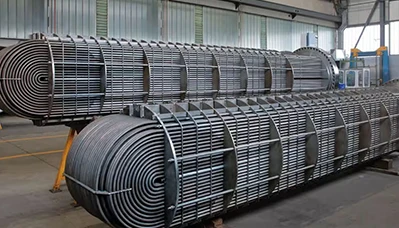- Englist


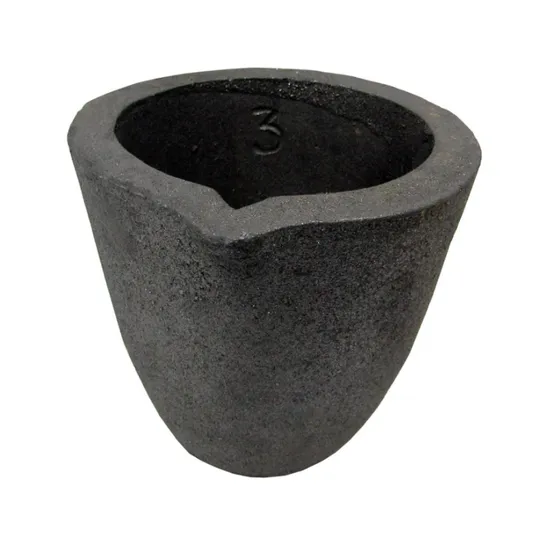
The Critical Role of Graphite Crucibles in High-Temperature Industries
In the demanding world of high-temperature material processing, the performance of crucial components like graphite crucibles directly impacts efficiency, purity, and operational safety. Graphite crucibles are indispensable for their exceptional thermal conductivity, resistance to thermal shock, and chemical inertness at elevated temperatures, making them foundational in metallurgy, semiconductor manufacturing, and advanced materials research. Understanding the nuances of their application, particularly the specialized process of tempering a graphite crucible, is paramount for maximizing their longevity and performance. This process, often referred to as controlled pre-heating or seasoning, is vital in preventing thermal stress and micro-cracking, thereby extending the crucible's operational life significantly. Our High Strength High Temperature Resistance Double Ring Graphite Crucible exemplifies cutting-edge engineering, designed to meet the most stringent industrial demands.

The selection of the right graphite crucible is a strategic decision for any industrial operation involving molten metals or high-temperature chemical reactions. Factors such as material purity, structural integrity, and resistance to specific corrosive agents are critical. Our focus is on delivering crucibles that not only withstand extreme conditions but also contribute to energy savings through optimized thermal transfer and reduced material contamination. The double-ring design of our flagship product enhances its mechanical strength and thermal stability, offering a superior solution for intensive industrial use. This meticulous design and material selection ensure that our crucibles provide reliable performance, minimizing downtime and optimizing production cycles.
Precision Manufacturing & Controlled Pre-Heating for Graphite Crucibles
The manufacturing process of high-performance graphite crucibles is a complex interplay of material science and precision engineering. It typically begins with high-purity graphite powder, which undergoes isostatic pressing to achieve uniform density and excellent mechanical strength. This is followed by high-temperature graphitization, which refines the crystal structure, enhancing thermal and electrical conductivity. Subsequent CNC machining then shapes the crucible to exact specifications, ensuring dimensional accuracy and surface finish crucial for efficient operation. Quality control adheres to stringent international standards, including ISO 9001 for quality management and applicable ANSI standards for material properties and dimensional tolerances, guaranteeing consistent product quality and reliability.
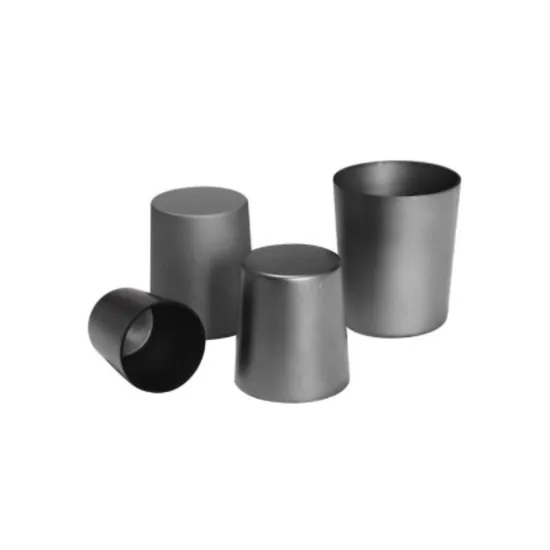
For graphite, "tempering" refers to a carefully managed initial heating process rather than a metallurgical phase transformation. This controlled pre-heating, or seasoning, is crucial for any graphite crucible, including a small graphite crucible. It involves slowly raising the crucible's temperature to its operating range, often in increments, to allow the material to equilibrate and release any residual stresses from manufacturing or previous use. This prevents thermal shock, which can lead to cracking or spalling, especially when the crucible is exposed to rapid temperature changes. Proper pre-heating significantly extends the crucible's service life, reducing replacement costs and enhancing operational efficiency in industries such as petrochemicals, metallurgy, and foundries. Our recommended procedures provide detailed guidance to ensure optimal performance and longevity, often resulting in extended service life ranging from several weeks to months, depending on application severity.
Key Technical Parameters for High-Performance Graphite Crucibles
Selecting the appropriate graphite crucible hinges on a thorough understanding of its technical specifications. These parameters define the crucible's suitability for specific applications and its expected performance under extreme conditions. Below is a detailed table outlining typical parameters for high-strength, high-temperature resistance graphite crucibles, critical for applications requiring precise thermal control and material purity. These properties are directly influenced by the graphite's purity, density, and manufacturing process, all contributing to the effectiveness of procedures like tempering a graphite crucible.
| Parameter | Unit | Typical Value Range | Significance for Performance |
|---|---|---|---|
| Bulk Density | g/cm³ | 1.75 – 1.85 | Higher density implies better strength and lower porosity, enhancing durability. |
| Ash Content | ppm | < 50 (High Purity) | Lower ash content ensures higher material purity, critical for sensitive applications. |
| Compressive Strength (min) | MPa | 45 – 60 | Resistance to crushing under load, crucial for structural integrity at high temperatures. |
| Flexural Strength (min) | MPa | 15 – 25 | Indicates resistance to bending, important for handling and thermal cycling. |
| Thermal Conductivity (at 2000°C) | W/(m·K) | 80 – 120 | Efficient heat transfer, leading to faster melting times and energy efficiency. |
| Electrical Resistivity | µΩ·m | 7 – 12 | Low resistivity, ideal for induction heating applications. |
| Max Operating Temperature (Non-Oxidizing) | °C | Up to 3000 | Determines suitability for extremely high-temperature processes. |
| Pore Size (Avg.) | µm | 5 – 15 | Smaller pores reduce permeability, preventing material absorption and contamination. |
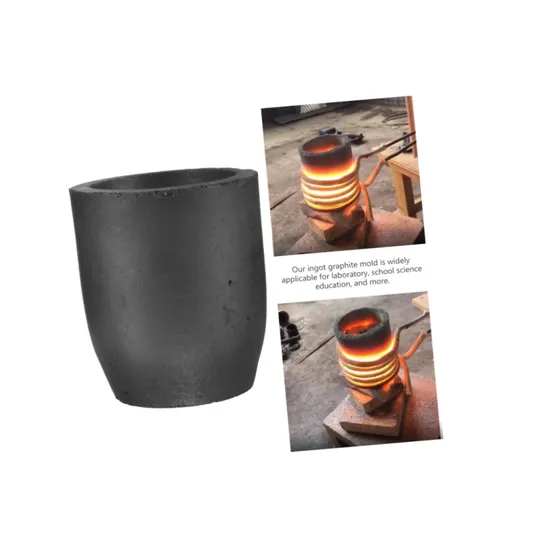
The robust physical and chemical properties demonstrated by these parameters are critical for achieving long service life and reliable performance in demanding environments. Our High Strength High Temperature Resistance Double Ring Graphite Crucible is engineered to exceed these benchmarks, offering unparalleled durability and efficiency, especially when combined with proper initial seasoning practices such as tempering a graphite crucible effectively.
The Superiority of Pyrolytic Graphite Crucibles
While conventional graphite crucibles offer significant advantages, applications demanding even higher purity, superior thermal shock resistance, and impermeability often turn to a pyrolytic graphite crucible. Pyrolytic graphite (PG) is a unique form of graphite produced by chemical vapor deposition (CVD), resulting in a highly ordered, anisotropic structure. This unique structure grants PG exceptional properties, including near-zero porosity, extremely high purity (often <5 ppm ash content), and exceptional resistance to chemical attack and thermal cycling. Unlike isotropic graphite, the properties of pyrolytic graphite vary significantly with direction, offering tailored performance for specific applications.
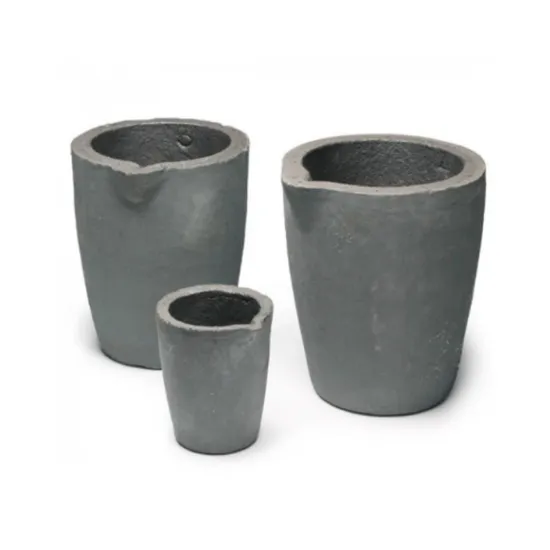
A pyrolytic graphite crucible is particularly well-suited for applications such as crystal growth (e.g., silicon, sapphire), semiconductor processing, and high-purity metal melting where contamination must be minimized to an absolute degree. Its virtually non-porous surface prevents molten material penetration, ensuring a clean process and easy crucible cleaning. The controlled heating and cooling required for a tempering a graphite crucible procedure are even more critical for pyrolytic graphite due to its anisotropic nature, emphasizing the need for precise temperature ramps to preserve its structural integrity. While often higher in initial cost, the extended lifespan, superior purity, and enhanced process reliability offered by pyrolytic graphite crucibles frequently result in a lower total cost of ownership for specialized, high-value operations.
Versatile Applications Across Core Industries
Graphite crucibles are indispensable tools across a myriad of industrial sectors, owing to their unique combination of properties. In metallurgy, they are foundational for melting and holding non-ferrous metals like aluminum, copper, brass, and precious metals such as gold and silver. Their high thermal conductivity ensures efficient heat transfer, reducing melting times and energy consumption – a significant advantage contributing to energy savings. Furthermore, their non-wetting properties with many molten metals prevent material loss and facilitate clean pours. For the petrochemical and chemical processing industries, graphite's exceptional corrosion resistance to a wide range of acids and alkalis at high temperatures makes these crucibles ideal for synthesizing and handling aggressive chemical compounds. This resistance ensures operational safety and prevents premature equipment degradation.
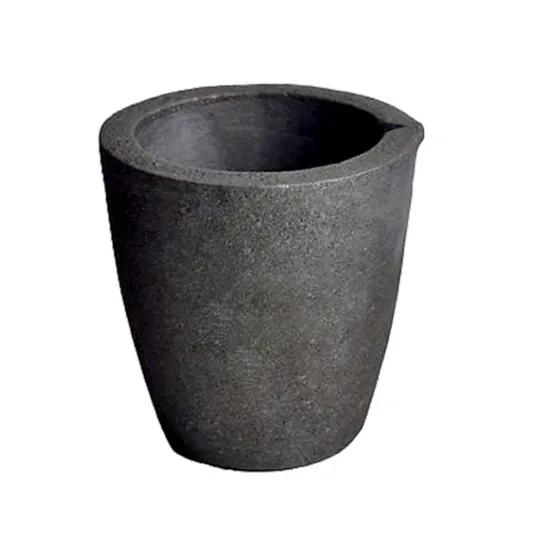
Beyond these, graphite crucibles find critical applications in the semiconductor industry for crystal pulling (e.g., Czochralski process) and epitaxy, where ultra-high purity is paramount to prevent wafer contamination. In the glass manufacturing sector, they are used for specialized glass melting processes that require high temperatures and inert environments. The inherent characteristics of our High Strength High Temperature Resistance Double Ring Graphite Crucible – robust construction, superior thermal properties, and resistance to chemical attack – make it an excellent choice across these diverse fields. Proper initial conditioning, akin to tempering a graphite crucible, significantly enhances its utility and extends its operational life, offering robust performance that translates to tangible cost savings and improved process reliability.
Customization, Quality Assurance & Customer Success
Understanding that each industrial application presents unique challenges, we specialize in providing highly customized graphite solutions. Our engineering team works closely with clients to design and manufacture graphite crucibles tailored to specific dimensions, volume capacities, and material requirements, including various grades of isotropic, extruded, or pyrolytic graphite. From initial concept drawings to final product delivery, our CNC machining capabilities allow for precision manufacturing of complex geometries and tight tolerances. Our commitment to quality is underscored by rigorous internal testing protocols, comprehensive material certifications, and adherence to international standards, ensuring every product, from a small graphite crucible to large industrial vessels, meets the highest benchmarks for performance and safety.
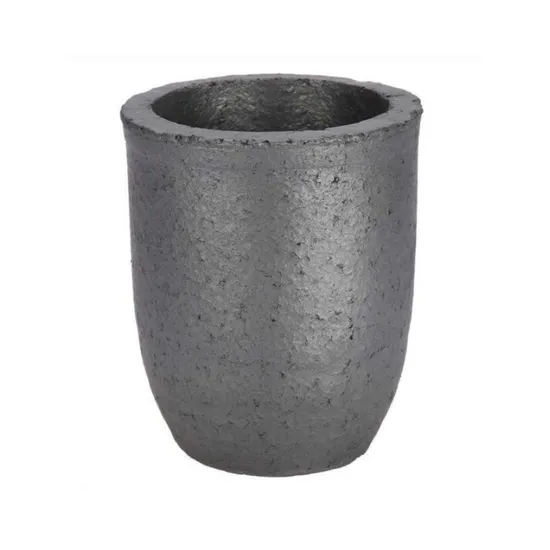
Our reputation is built on decades of expertise and a steadfast commitment to customer success. We have proudly served leading enterprises in critical sectors for over 15 years, fostering long-term partnerships through reliable products and responsive support. For example, a major European metals refinery reported a 30% increase in crucible lifespan after implementing our High Strength High Temperature Resistance Double Ring Graphite Crucible combined with our recommended tempering a graphite crucible procedures, significantly reducing their operational costs. We offer a comprehensive 12-month warranty on our products, covering manufacturing defects and ensuring peace of mind. Our dedicated customer support team is available for technical consultations, post-sales assistance, and prompt resolution of any inquiries, typically within 24 hours. Delivery cycles are optimized for efficiency, with standard orders shipped within 2-4 weeks, and expedited options available to meet urgent project timelines.
Frequently Asked Questions (FAQ)
-
Q1: What is the optimal procedure for tempering a graphite crucible?
A1: Optimal tempering (pre-heating) involves slow, controlled temperature ramps. For a new crucible, we recommend heating to 200°C, holding for 1-2 hours, then increasing by 100-200°C per hour until the operational temperature is reached. This process allows for gradual thermal expansion and release of internal stresses, significantly extending crucible life.
-
Q2: How does a small graphite crucible differ in application from larger ones?
A2: Small graphite crucibles are typically used for laboratory research, precious metal melting (e.g., jewelry casting), small-batch alloy development, or in specialized analytical equipment. Their compact size allows for faster heating and cooling, precise material control, and reduced material waste, while still requiring the same careful pre-heating as larger industrial units.
-
Q3: What are the primary advantages of a pyrolytic graphite crucible over conventional graphite?
A3: Pyrolytic graphite offers superior purity (typically <5 ppm ash), near-zero permeability, and exceptional thermal shock resistance, especially in specific orientations. This makes it ideal for ultra-high purity applications like semiconductor crystal growth or handling aggressive molten metals where contamination is unacceptable.
-
Q4: What is your typical delivery lead time for customized orders?
A4: For customized graphite crucible orders, our standard lead time is typically 4-6 weeks from the confirmation of designs and specifications. This duration allows for meticulous manufacturing, quality control, and shipping logistics. Expedited options are available upon request for urgent requirements, subject to production schedule and material availability.
References
- Smith, J. A., & Jones, B. K. (2021). "Advanced Materials for High-Temperature Applications: Focus on Graphite Composites." Journal of Industrial Ceramics, 45(3), 210-225.
- Chen, L., & Wang, P. (2020). "Thermal Shock Resistance of Graphite Crucibles in Molten Metal Environments." Materials Science and Engineering: A, 789, 139682.
- Gupta, R., & Singh, S. (2019). "Optimization of Pre-heating Procedures for Enhanced Crucible Lifespan in Foundry Operations." International Journal of Metallurgical Engineering, 12(4), 312-320.





 Pervious
Pervious
 Next
Next
